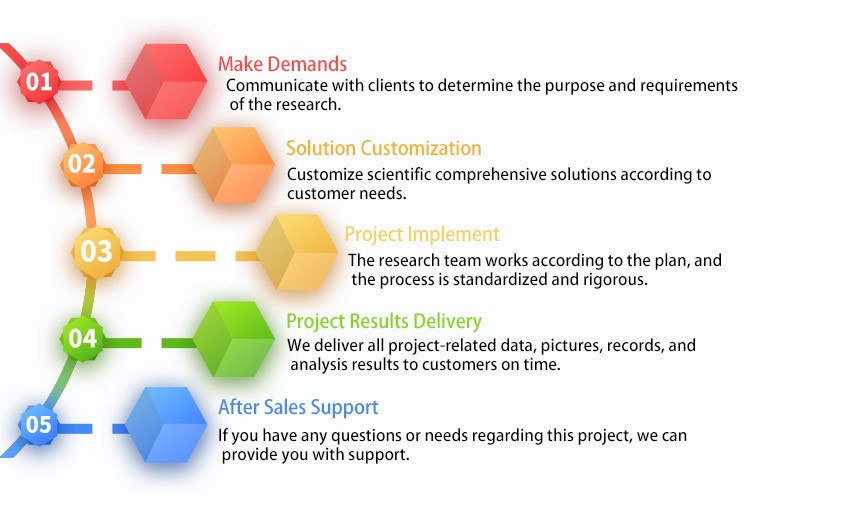Programmed Cell Death (PCD) is a cell suicide mechanism developed by organisms in the long evolutionary process. It plays an important role in removing useless, redundant or cancerous cells and maintaining the homeostasis of the environment. The disorder of the regulatory mechanism of programmed cell death is related to the occurrence and development of a variety of diseases, such as neurodegenerative diseases, autoimmune diseases, malignant tumors, aging, pathogenic microbial infections, and muscle cell dysfunction. Most scholars classify cell death forms into apoptosis, autophagy, necrosis, and pyroptosis.

Creative Bioarray has many years of research experience in cell death. We have an advanced instrument platform that can provide reliable scientific research. We have a professional research team that can formulate a comprehensive research plan to help you accurately identify and analyze the types of cell death.
Comparison of several common cell death types:
| Apoptosis | Necrosis | Autophagy | Pyroptosis | |
| Cause | Induced by physiological or pathological stimulus | Induced by pathological stimulus or severe injury | Induced by nutritional deficiency or hormone | Induced by pathological irritation |
| Scope of action | Single cell | Tissue or group of cells | Single cell | |
| Cell morphology | The film shrinks and the volume becomes smaller | Bulky and deformed | Produce vacuoles and form autophagosomes | Bulky and deformed |
| Cell membrane | Remain intact until apoptotic bodies are formed | Broken | Complete membrane structure | Damaged |
| Organelle | No significant changes | Swelling and breakage | It is swallowed by autophagosomes and finally digested by lysosomes | Deformation |
| Genomic DNA | Degraded regularly and fragmented | Random degradation, showing diffuse type | Random degradation | Random degradation |
| Inflammation | No inflammation | Release cell contents | A slight inflammation | Accompanied by the release of a large number of pro-inflammatory factors |
| Molecular mechanism | Related to the protease caspases gene family | Related to protein kinase PIP3 expression | Regulated by LC3-II, Beclin-1 and P62 proteins | Inflammatory necrosis mediated by GSDMD (gasdermin D) protein |
Creative Bioarray has established an advanced cell culture platform, equipped with complete detection and analysis equipment, we can provide customers with a variety of experimental services. We can undertake detections related to the identification of cell death types, and can provide a full set of customized technical services from experimental design, cell culture, cell processing and film production, image collection, and data measurement.

Professional Platform and Excellent Team
We have a professional technical platform, equipped with advanced instruments and talented and well-trained experts.
Committed to Quality
We put quality first. We provide high-quality products, services and solutions to support customers worldwide.
World-class Service Capabilities
We provide one-stop service, from order to final report, to provide the best solution for your research. We hope to help you complete your research more easily and efficiently.
Customer-centric
We adhere to a mutually beneficial and win-win cooperation model, pay attention to customer needs and goals, and create the greatest value for customers.
If you are interested in our services, please contact us for more detailed information.
Online Inquiry